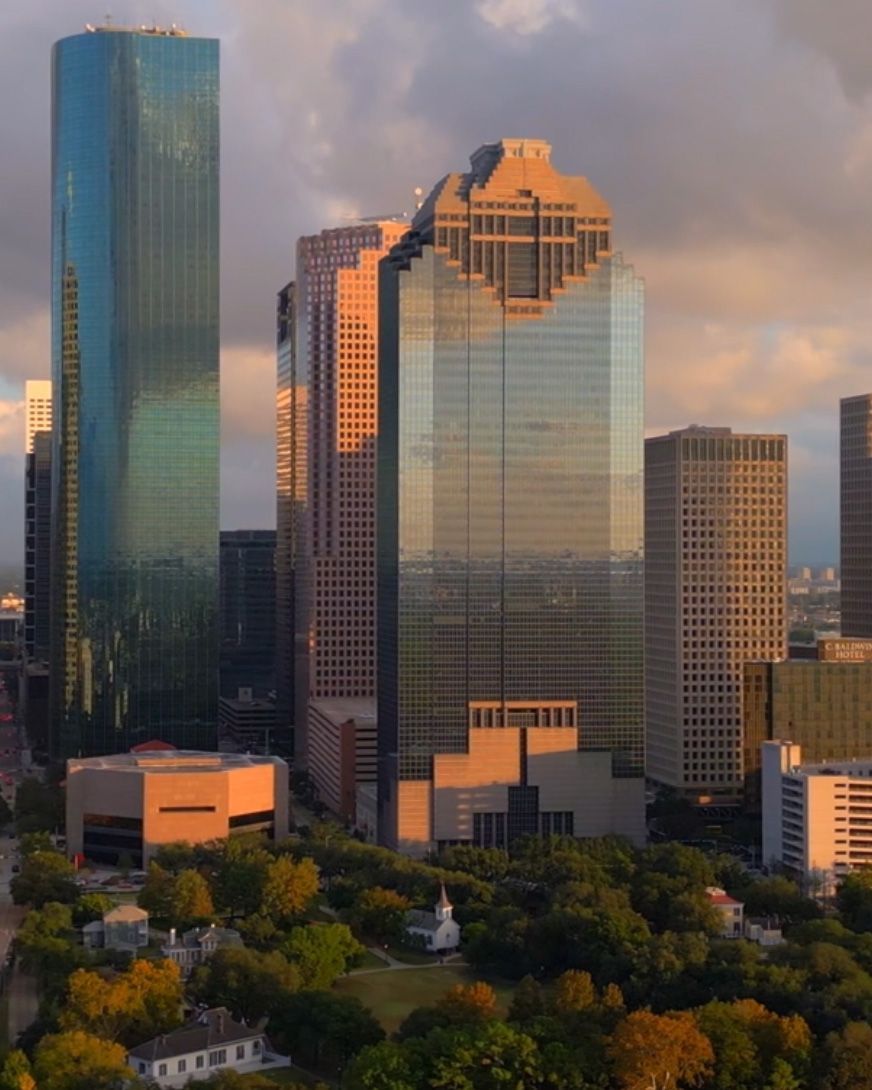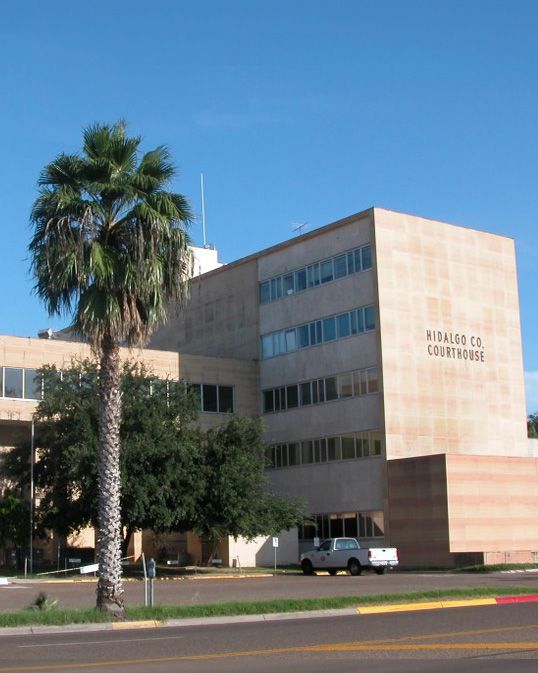Should I Take Pictures After a Car Crash?
LAW BLOG •
Thanks to modern mobile technologies, everyone can have a high-definition camera in his or her pocket. Knowing when to use this camera can mean the difference between having sufficient supportive evidence in a personal injury case and being unable to remember the fuzzy details. Car accidents can be traumatic and confusing, coming back as a haze to injured parties. Instead of relying on your memory for vital details regarding your accident, capture solid proof with the click of a button.
Car Accident Photos as Evidence
The adage “a picture is worth a thousand words” is never truer than in a personal injury case. An accident victim with photographic evidence supporting his or her claims has a much stronger chance of securing a settlement than someone making assertions based on memories or witness accounts. Humans are prone to error – a photograph is not. After a car crash, there may be dozens of allegations thrown around – who was at fault, who wasn’t paying attention, who had the right-of-way. Taking photos of your accident can help lay these questions to rest.
Unlike eyewitness accounts or even expert testimony, photographs are not open to interpretation. They are accurate representations of what actually happened, not assertions based on memory. You may not know whether you’ll need car accident photos to prove liability later. Thus, it’s best to have the photos and not need them than need them and not have them. Once police clear the accident away, you may lose pieces of evidence forever.
When an attorney investigates your accident to evaluate whether you have grounds for a lawsuit, he or she will study photographs from the scene of the accident for clues into how and why the crash occurred. Photographs can depict the exact locations of the vehicles, where each sustained damage, and more. An attorney will also use your personal account of the crash, but victims of accidents often overlook important details in the traumatic aftermath of the event. Photographs eliminate the possibility of inaccurately recalled circumstances, placing hard evidence in the hands of someone who knows how to use it to its full potential.
How to Take Accident Photos
Now that you know why pictures of accidents are so important, learn a few tips on how to take them. While any photographic evidence is better than none, taking photos of the right things at the scene of the crash can make or break your case. Knowing what to photograph requires an understanding of what accident scene photographs should accomplish:
- Illustrate a story of how accident events progressed.
- Provide clear and graphic evidence or personal injuries and property damage.
- Enable accurate reconstruction of the accident scene.
These three elements are at the heart of why it’s crucial to photograph accident scenes. Keeping goals in mind will help you know what to photograph, but it’s best practice to take as many photos as possible. Start by photographing the entire accident scene, with wide-angle shots of the general details. Photograph all other vehicles involved in the crash, documenting their locations, positions, and proximity to one another. Take photos of traffic elements such as stoplights, signs, and intersections.
Take a few photos of the weather conditions at the time of the accident. Wet and icy roads can cause an accident but so can bright sunshine. No matter what kind of weather you see, photograph it as evidence. Take multiple shots of property damage up-close, capturing a clear image. Get photos of other people involved in the accident, as well as their driver’s licenses and plates. Photograph witnesses to the scene and responding police officers. Finally, photograph any personal injuries. The more photos you take at an accident scene, the better the chances are of proving your case.
The post Should I Take Pictures After a Car Crash? appeared first on GES Injury Attorneys.
Every state limits the amount of time you have to file a claim.
Don't Delay.
Contact the Attorneys at Gordon & Elias, LLP Today to preserve your right to a recovery.
Contact Us
We will get back to you as soon as possible.
Please try again later.
100% FREE CASE EVALUATION
Free Consultation • No Fee If No Recovery



